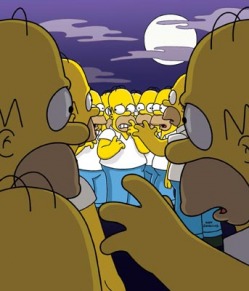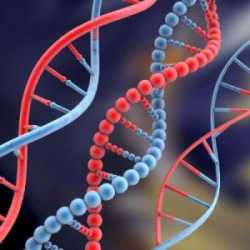THE NEGATIVE ASPECTS OF DESIGNER BABIES
The ideas that brand embryo screening or the addition of genes as problematic are:
Concern over accurately implanting the genome during the scientific process. True, scientists can add enhancing genes, such as the NR2B gene, which makes us smarter, in a reasonable place in the genome where it would be most effective, but this can have adverse effects on other genes present. This could become increasingly problematic if a gene vital for survival is interfered with. Or, in other cases, this genome itself can produce problems. Say, for example, it is known in mice that implanting the NR2B gene did make them smarter, but also more susceptible to pain. Overall, such accuracy involves some guesswork and optimism.
In the long term, a society that bases itself on what ‘appears to be beneficial and enhancing’ could end up with low biodiversity throughout a whole generation. Low biodiversity means a lowering of the immunity to different virus’ and diseases that may spring up as well as less difference between people; if it is seen that blue eyes is favourable over other coloured eyes, then eventually the gene pool in society would consist of a majority of blue genomes and a tiny proportion of other colours. Although this may be a simple example, the larger spread of immunity to disease and other conditions may follow suit.
Screening embryos can be misleading and provide false information. Upon screening the eight-celled embryo and having looked at two cells alone, scientists are weary that this may not be consistent amongst all of the genes. This could result in the disease trying to be removed actually remains within the seemingly good embryo. Furthermore, removing the two cells and placing another two in their place can also produce the same problem of DNA misreading.
The line between disease and enhancement can be ethically blurred. Ethically, most people believe that screening embryos for diseases is a reasonable action, yet are unsure as to whether society would better from enhancing the personality and physical aspects of a human being. This could lead to problems of prejudice amongst people and the ‘materialisation’ of human life. But, when looking at diseases themselves, it is difficult to determine which diseases should be screened for, and in whom they should be screened (which could potentially lead to more discrimination). Also, if the general consensus for parents was to choose a child who grows tall, they would be enacting their biases towards shorter people. This is only one of many other characteristics which include homosexuality and gender.
That selective embryo implantation is murder. This ethical view is held by Pro-Life supporters, and, although being lowly scientific, it does maintain a strong debate in society today. This belief involves the idea that human life itself starts upon the fertilisation of sperm and egg cells, and, as the later embryos are scanned for diseases and problems, it is here that life exists. The problems for scientists is that they are unable to scan sperm cells or egg cells alone as they only carry half of the information that merges to form a child (23 chromosomes). Thus, implanting only one or two embryos involves destroying a host of others, which is thought of as unethical.


